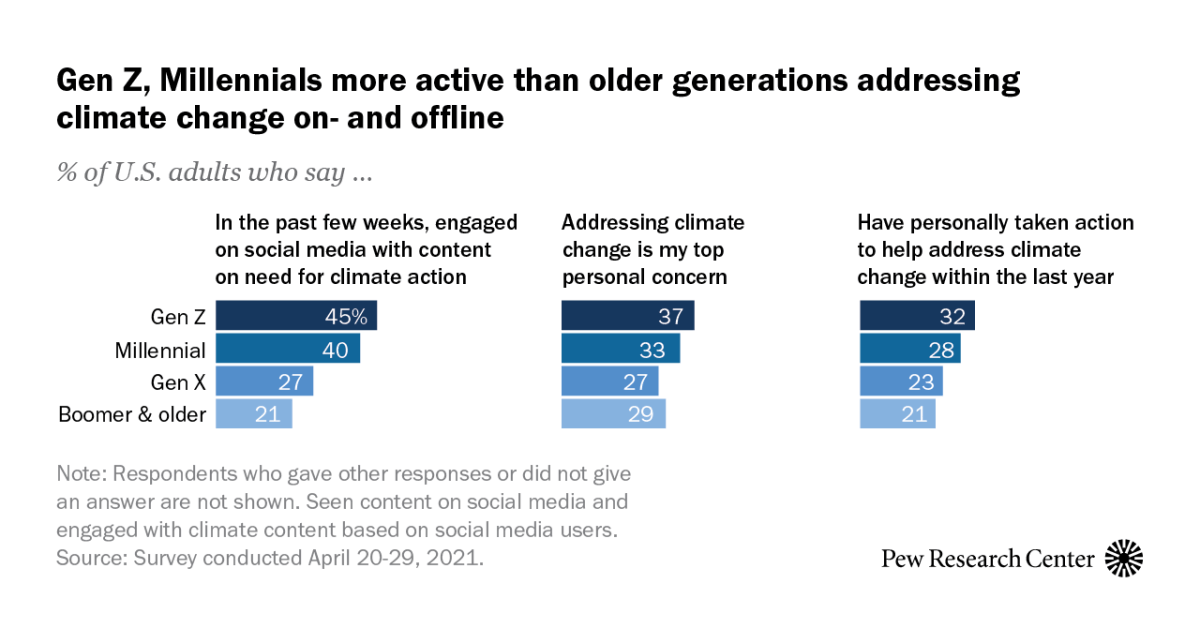- Select a language for the TTS:
- UK English Female
- UK English Male
- US English Female
- US English Male
- Australian Female
- Australian Male
- Language selected: (auto detect) - EN
Play all audios:
An international study highlights the severity of state-to-state differences in college completion rates across the United States. The annual Education at a Glance report by the Organization
for Economic Cooperation and Development, released this morning, finds 48 percent of young U.S. adults had completed a higher education degree in 2017. In the District of Columbia, 73
percent of young adults held a higher degree—a larger share than in Korea, which led OECD countries overall with a college attainment rate of 70 percent. Yet, at the other end of the scale,
only 30 percent of young adults in Nevada had a higher degree. That puts Nevada more on a level with Chile or Hungary. That 43-percentage-point gap between states in this country is the
largest of any OECD country except the Russian Federation. The OECD also finds that U.S. students are more likely than the global average to choose two-year degrees or certificate programs,
and less likely to earn a master’s or doctoral degree. The study compared adults ages 25-34 across 48 member and partner countries that participate in OECD benchmarking assessments, such as
the Program for International Student Assessment and the Teaching and Learning International Survey. The study finds that more than 9 in 10 U.S. adults ages 25-34 earned at least a high
school degree—well above the 79 percent average for OECD countries. But students in some states were much less likely than others to launch into college or the workplace successfully. The
study finds 14 percent of young people in the United States (ages 15 to 29) were neither students nor employed. The share of so-called “disconnected youth” ranged from only 9 percent in
Minnesota to 20 percent in Louisiana. Interestingly, there’s a smaller gap between immigrant and native-born students in college completion in the United States than in many other countries
in the OECD:






